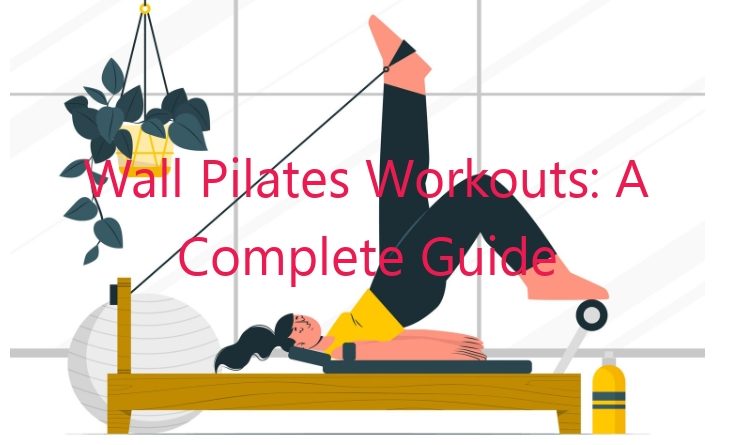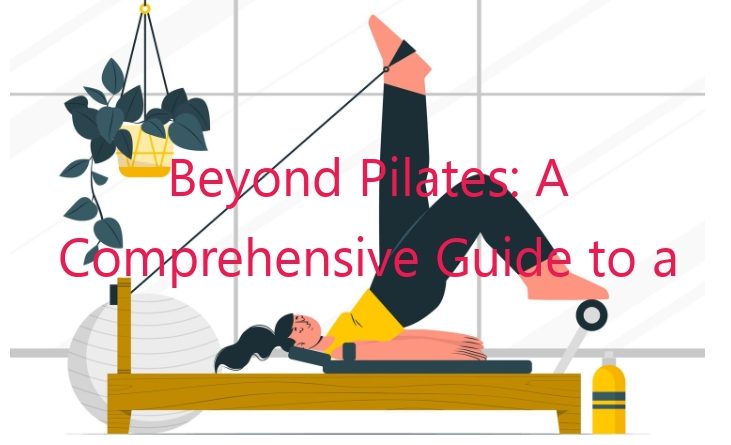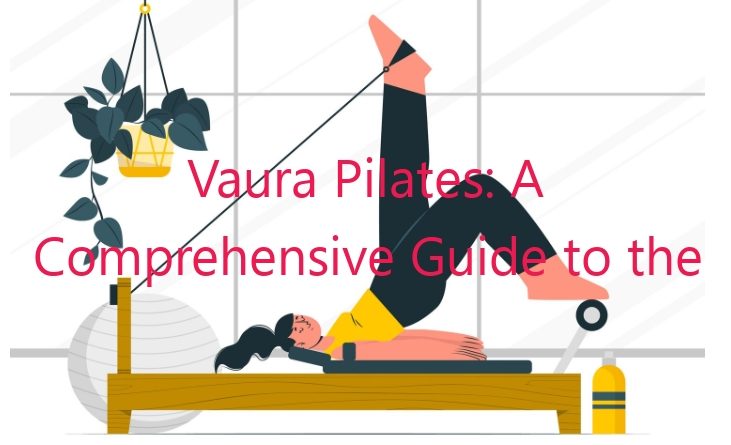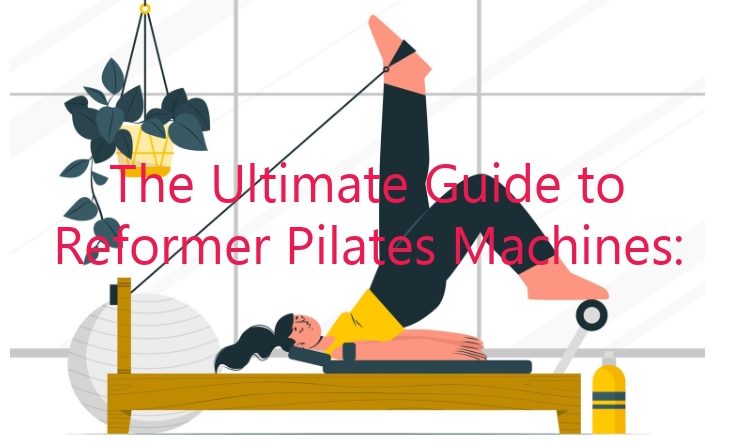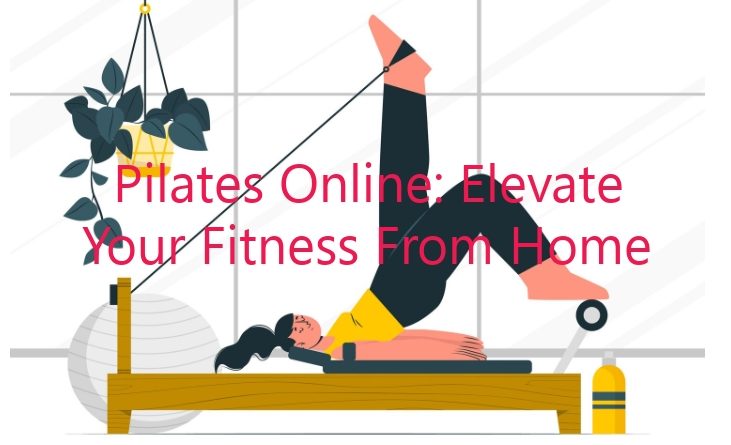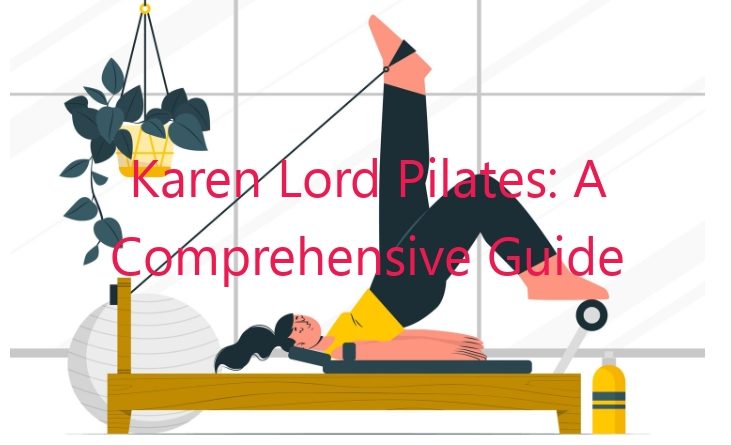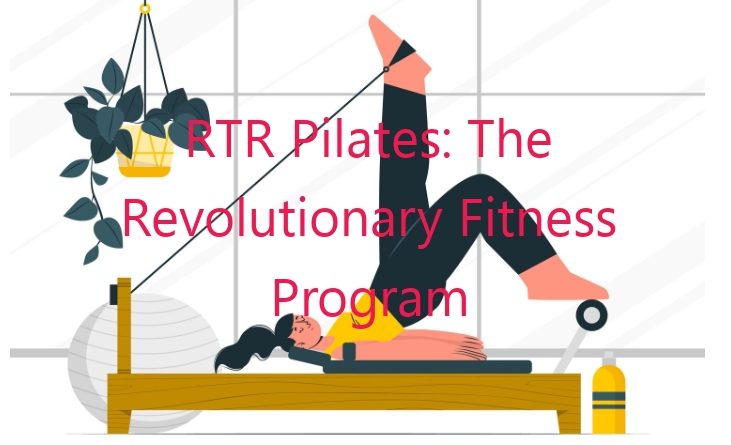
Meet the Next-Gen Pilates
Sponsored Ads
Pilates, a transformative fitness technique, has evolved into RTR Pilates, a cutting-edge approach that combines the principles of classical Pilates with modern rehabilitation science. This comprehensive program empowers individuals of all ages and abilities to strengthen their bodies, enhance their posture, and improve their overall well-being.
Introduction: A Journey of Evolution and Innovation
RTR Pilates is the brainchild of renowned fitness expert and Pilates master, Jonathan Urla. Drawing inspiration from decades of experience, Urla embarked on a mission to refine the traditional Pilates method, incorporating elements from dance, kinesiology, and fascial fitness. The result is a dynamic and adaptable system that caters to a wide range of needs and goals.
Key principles that guide RTR Pilates include:
- Precision and Control: Every movement is executed with meticulous attention to alignment and form.
- Core Activation: The program emphasizes the engagement of the core muscles throughout each exercise.
- Dynamic Movements: RTR Pilates incorporates flowing transitions and dynamic movements to improve coordination and flexibility.
- Functional Fitness: Exercises are designed to translate into real-life movements, enhancing overall mobility and function.
- Personalized Approach: The program is tailored to individual needs and abilities, ensuring a safe and effective workout.
Strengths of RTR Pilates: A Path to Enhanced Well-being
1. Core Strength and Stability:
RTR Pilates targets the deep core muscles, improving posture, reducing back pain, and enhancing overall stability.
2. Improved Flexibility:
The dynamic movements and stretching exercises of RTR Pilates increase range of motion and reduce joint stiffness.
3. Enhanced Balance and Coordination:
The flowing transitions and balance-focused exercises promote improved coordination and a heightened sense of body awareness.
4. Reduced Risk of Injuries:
The emphasis on proper form and core engagement helps prevent injuries and improves overall muscle balance.
5. Increased Functional Fitness:
RTR Pilates exercises translate into improved everyday movement patterns, enhancing mobility and performance in daily activities.
6. Pain Management:
The program has been shown to effectively manage chronic pain, including back pain, neck pain, and osteoarthritis.
7. Stress Relief:
The mind-body connection fostered by RTR Pilates exercises promotes relaxation and stress reduction.
Weaknesses of RTR Pilates: Considerations for Optimal Practice
1. Instructor Expertise:
The effectiveness of RTR Pilates relies heavily on the skill and experience of the instructor.
2. Physical Limitations:
Certain exercises may not be suitable for individuals with specific physical limitations or injuries.
3. Precision Requirements:
The emphasis on precision and control can make RTR Pilates more challenging for beginners.
4. Time Commitment:
Consistent practice is essential to achieve the full benefits of RTR Pilates.
5. Cost Factor:
RTR Pilates classes and sessions can be more expensive than other forms of exercise.
6. Class Size:
Large class sizes may limit individual attention and feedback from the instructor.
7. Limited Accessibility:
RTR Pilates classes may not be widely available in all areas.
| Parameter | Description |
|---|---|
| Origin | Created by Jonathan Urla, combining Pilates principles with rehabilitation science |
| Key Principles | Precision, core activation, dynamic movements, functional fitness, personalized approach |
| Benefits | Core strength, flexibility, balance, injury prevention, stress relief |
| Equipment | Pilates mat, reformer, Cadillac, other specialized equipment |
| Class Structure | Typically 50-60 minute sessions, group or private classes |
| Instructor Certification | Requires specialized training and certification |
| Suitability | Suitable for all ages and ability levels, with modifications for specific needs |
